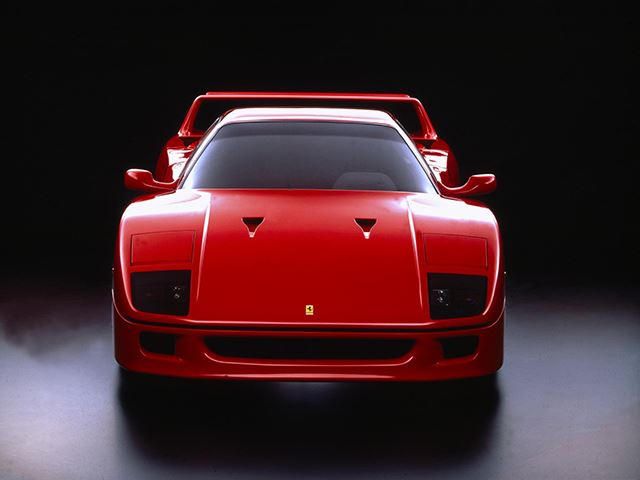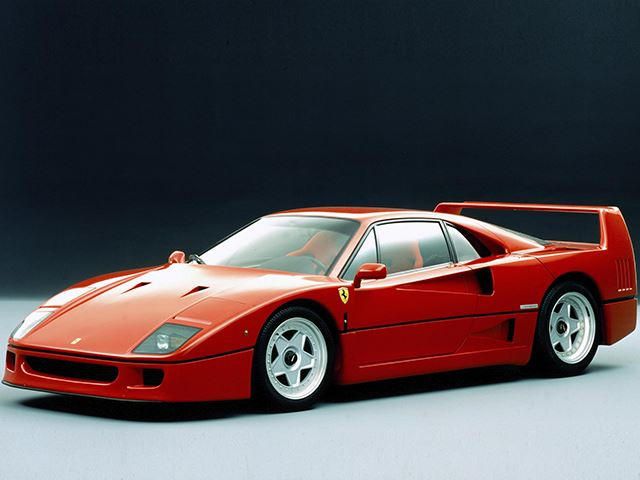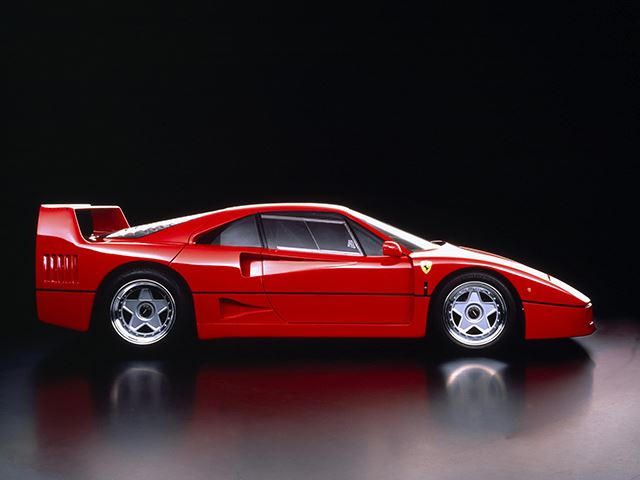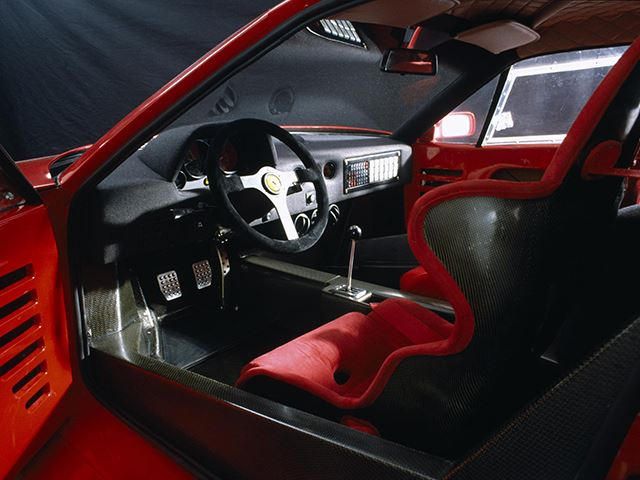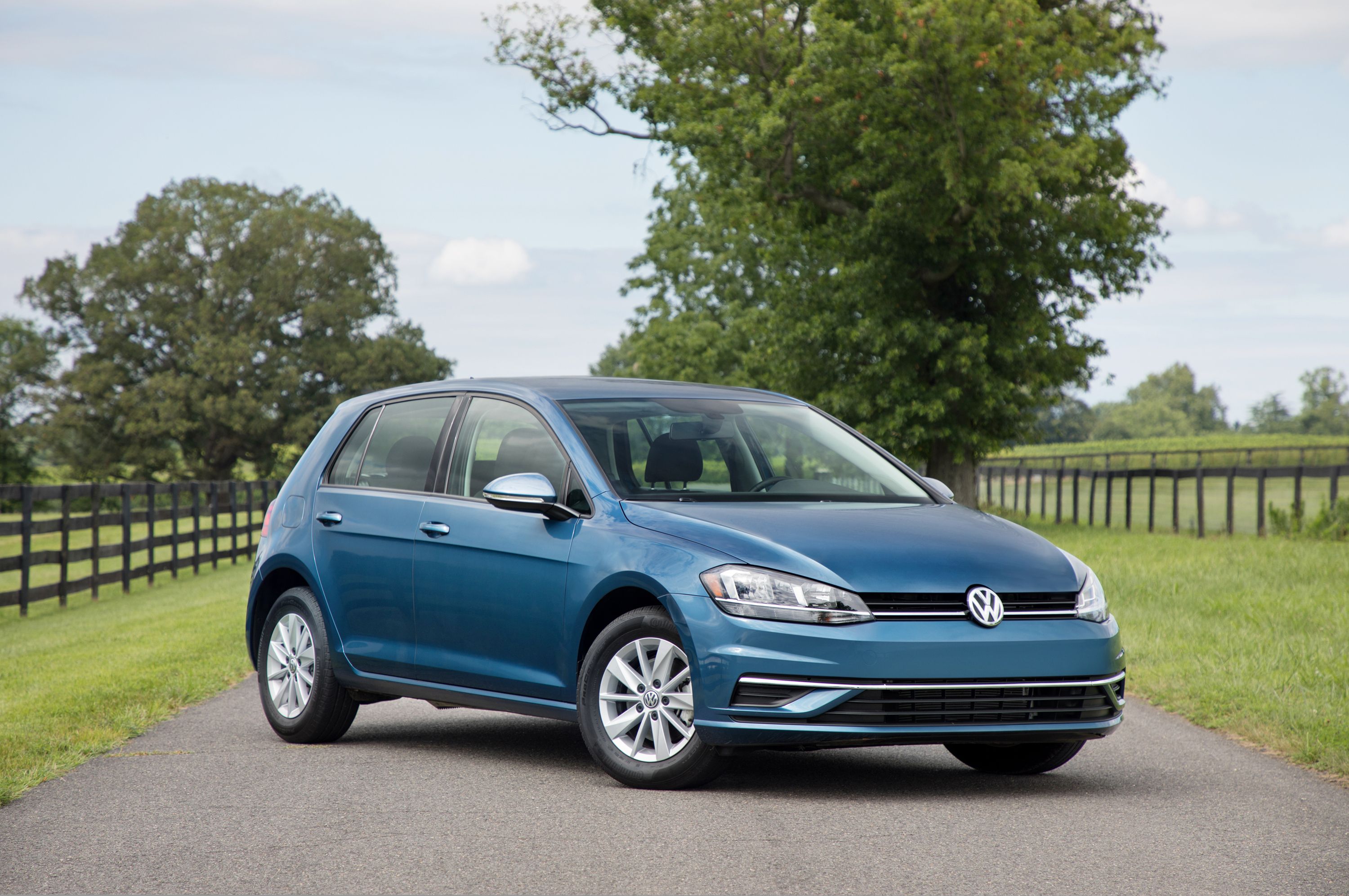
2017 is a landmark year for Ferrari. Not only does this year mark the 70th anniversary of the prancing horse, but the F40, one of the most iconic supercars of all time, is also celebrating its 30th birthday this week. First introduced on July 21st at the Civic Centre in Maranello, which is the current site of the Ferrari museum, in 1987 to celebrate Ferrari's 40th anniversary at the time, the F40 defined the 1980's supercar scene alongside the Lamborghini Countach and Porsche 959.
It was also the last supercar Enzo Ferrari helped build before his death in 1988. A masterpiece of engineering and style, the F40's development was shrouded in secrecy, which made its reveal all the more memorable. "I have never experienced a presentation like that of the F40. When the car was unveiled, a buzz passed through the room followed by thunderous applause," Ermanno Bonfiglioli, who worked as Ferrari's Head of Special Projects, recalled. "No one, except for close associates of Enzo Ferrari, had yet seen it." After just 13 months of development, the F40 was ready for the road, which was an unusually quick turnaround.
Production of the engine started in June 1986. Derived from the 288 GTO Evoluzione, the F40's 8-cylinder twin-turbo produced 478-hp, but several innovations enabled the F40 to become the first production Ferrari to exceed 320 km/h (198 mph). "We paid maximum attention to the weight of the engine, thanks also to the extensive use of magnesium, such as oil sump, cylinder-head covers, intake manifolds, and gearbox bell-housing were in this material that cost five times as much as aluminum alloy and that was never used in such quantities in subsequent production cars," Bonfiglioli explained. "This is just a small example of this car's 'difference'."
Responsible for testing the F40 was Ferrari's long-term test driver Dario Benuzzi, who helped refine the handling to make the supercar more rewarding to drive. "The handling of the first prototypes was poor. To tame the power of the engine and make it compatible with a road model, we needed to subject every aspect of the car to countless tests: from the turbochargers to the braking system, from the shock absorbers to the tires," he said. "We obtained precisely the car we wanted, with few comforts and no compromises. With no power steering, power brakes or electronic devices, it demands the skill and commitment of the driver but generously repays it with a unique driving experience."
Steering precision, road holding, braking power and intensity of acceleration reached unmatched levels for a road car." Ferrari produced over 1,300 units of the F40 between 1987 and 1992. It's currently on display at the Ferrari Museum of Maranello as part of the "Under the Skin" exhibition celebrating 70 years of the automaker. Join us in wishing happy birthday to one of the most iconic and influential supercars of all time.

